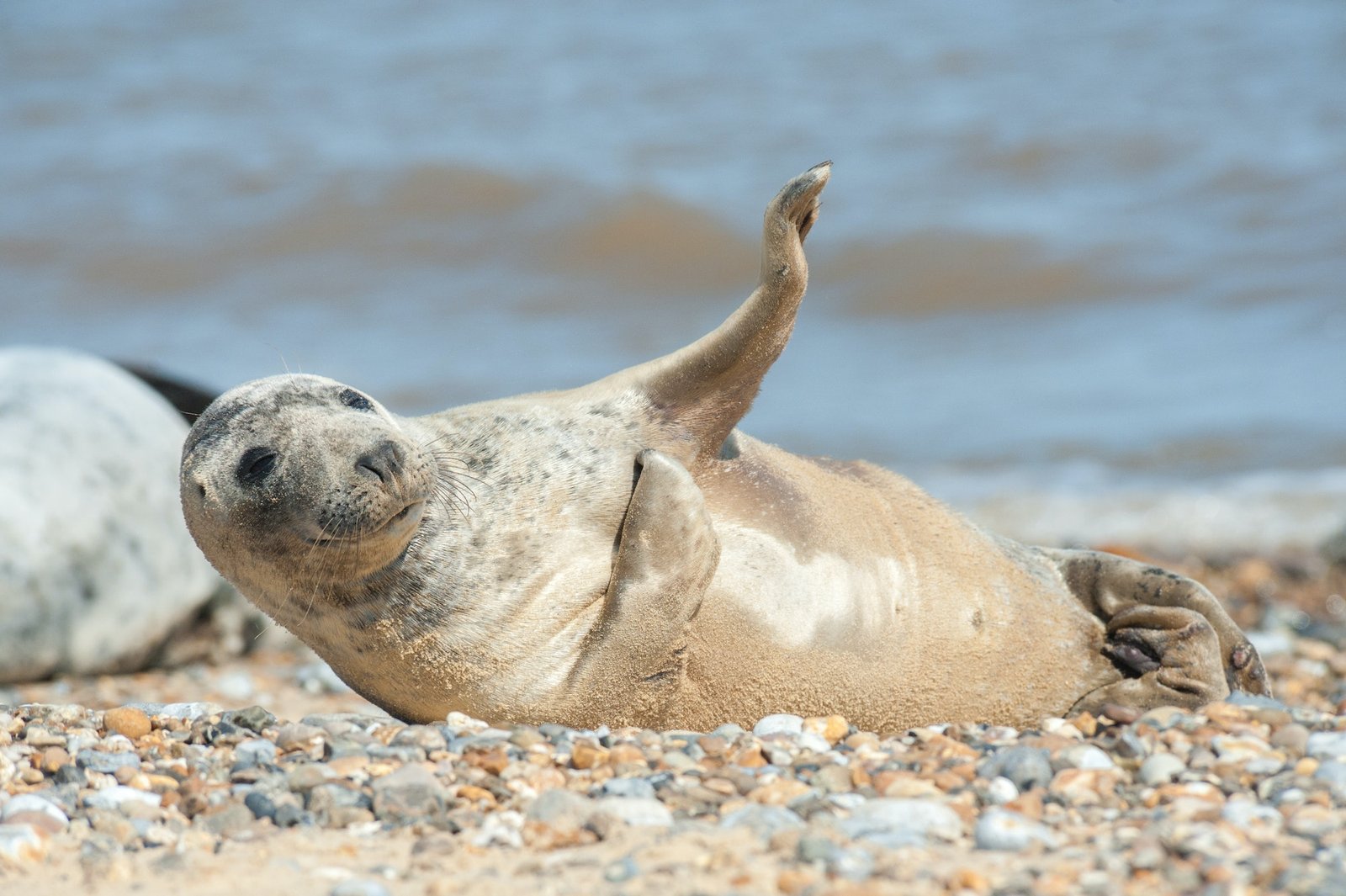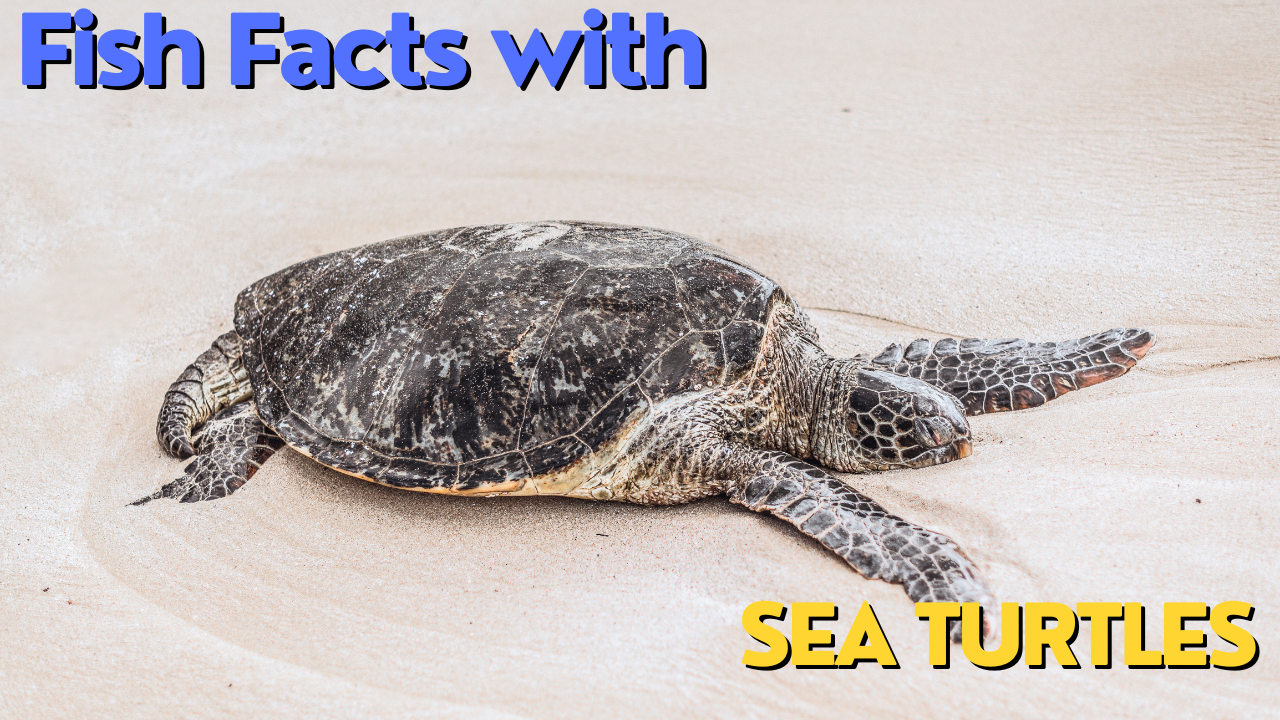Welcome to another exciting episode of our mesmerizing video series on the wonders of the underwater world. In this edition, we dive deep to explore the captivating realm of underwater seals. Get ready to embark on a short documentary-style adventure as we unravel the mysteries and marvels surrounding these enchanting marine creatures.
- The Diverse Species of Underwater Seals:
Underwater seals are a diverse group within the larger pinniped family, which also includes sea lions and walruses. Two prominent subfamilies of underwater seals are the true seals (Phocidae) and the fur seals (Otariidae). Each carries distinct characteristics that set them apart.
True Seals:
Also known as earless seals, the true seals are uniquely specialized for aquatic life. With sleek, torpedo-shaped bodies and rearward-facing flippers, these seals are designed to maneuver gracefully through the water. Their lack of external ear structures and ability to use their hind flippers under the body for locomotion are defining features.
Fur Seals:
Unlike the true seals, fur seals possess external ear flaps and are renowned for their superb agility both in water and on land. These charismatic and social creatures are known for their playful behavior and remarkable agility in the ocean.
- Adaptations for an Underwater Lifestyle:
Underwater seals have evolved extraordinary adaptations that enable them to thrive in their marine environments.
Blubber:
Thick layers of blubber provide both insulation and buoyancy, helping seals regulate body temperature and float effortlessly in the water.
Streamlined Body:
Their tapered bodies, supported by solid bone structures and powerful muscles, allow underwater seals to slice through the water efficiently, enabling them to hunt and evade predators with remarkable agility.
Diving Abilities:
Underwater seals are masterful divers, with some species capable of reaching astonishing depths and holding their breath for remarkable durations. Weddell seals, for instance, can remain submerged for up to an astounding 80 minutes.
- The Underwater Seal Diet:
Underwater seals are renowned for their diverse and sometimes surprising food preferences.
Fish:
Fish make up a significant portion of an underwater seal’s diet. Depending on the species and availability, seals may consume a variety of fish, including herring, salmon, cod, and anchovies. Their streamlined bodies and sharp, carnivorous teeth are perfectly adapted for capturing and consuming fish.
Invertebrates:
Some underwater seals also exhibit a taste for invertebrates, such as squid and octopus. The powerful jaws and teeth of fur seals, in particular, allow them to tackle these prey items effectively.
- Breeding and Mating Rituals:
Underwater seals have intricate breeding and mating rituals that vary among species.
Molt and Mate:
Many species undergo an annual molt where they shed their old fur. This event often coincides with the mating season. Male seals engage in boisterous displays to compete for the attention of female mates. Roaring and head-thrashing are common mating behaviors, aiming to establish dominance and attract females for reproduction.
Pupping:
After a successful mating, female seals give birth to a single pup on land or pack ice. The mother provides crucial care, including nursing the pup, until it is strong enough to venture into the water.
Underwater seals are extraordinary marine creatures, fascinating both in their physical adaptations and behavioral patterns. From the sleek and agile true seals to the charismatic and social fur seals, these remarkable animals captivate our imagination.
Join us in the next episode as we continue our journey into the realm of the underwater with more captivating insights into the diverse and enchanting creatures that call our oceans home.




